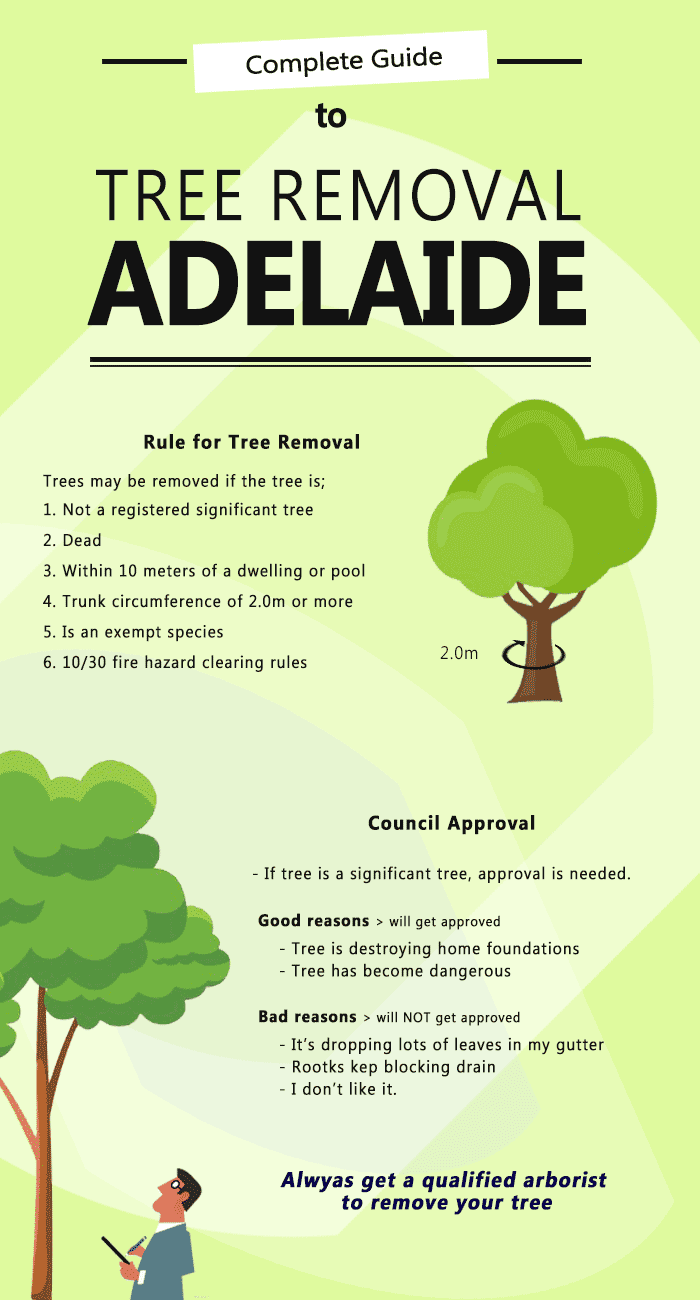The Ecological Advantages Of Stump Grinding: A Sustainable Technique To Land Management
The Ecological Advantages Of Stump Grinding: A Sustainable Technique To Land Management
Blog Article
Developed By-
When it comes to land management, have you taken into consideration the resilient advantages of stump grinding? By resolving the residues left after tree elimination, this method not only help in soil wellness improvement but additionally plays an important duty in stopping disintegration and sustaining biodiversity. The environmental advantages of stump grinding prolong far beyond mere aesthetics, using a lasting solution that harmonizes with nature's intricate systems.
Soil Health Renovation
Wanting to boost the quality of your soil? Stump grinding can be a game-changer for improving dirt health on your home. By removing old tree stumps, you're producing area for new development and enabling crucial nutrients to return to the dirt.
As the stumps break down over time, they launch raw material, enhancing the dirt and promoting better plant growth.
On top of that, stump grinding aids to freshen the dirt, allowing for much better water infiltration and origin growth. Compressed soil can hinder plant growth and water absorption, but by grinding stumps, you're loosening up the soil and developing a healthier environment for your plants.
Moreover, stump grinding can likewise aid to stop pest problems and conditions that old stumps might attract. By eliminating these possible dangers, you're developing a much safer and a lot more efficient landscape.
Disintegration Prevention
To avoid dirt disintegration properly, stump grinding plays a crucial duty in keeping the security and integrity of your land. By getting rid of unattractive stumps from your property, you're likewise minimizing the danger of disintegration caused by water overflow. Stump grinding removes obstacles that can disrupt the all-natural circulation of water across your land, avoiding dirt erosion in the process.
When stumps are left unblemished, they can serve as obstacles to water flow, causing dirt to remove throughout heavy rainfalls. This erosion not only damages your land yet likewise adds to sedimentation in close-by water bodies, hurting marine communities.
Stump grinding helps to prevent these issues by leveling the ground and promoting appropriate drainage, decreasing the chance of disintegration.
Biodiversity Support
Maintaining healthy and balanced biodiversity on your land is crucial for producing a prospering community. By using stump grinding as a lasting land management technique, you can substantially sustain biodiversity.
Stump grinding aids advertise biodiversity by creating brand-new environments for various plant and animal types. click here for info of stumps enables the regeneration of native plant life, which subsequently attracts a varied range of wildlife. Insects, birds, and little creatures thrive in these freshly accessible areas, contributing to the overall biodiversity of your land.
Furthermore, stump grinding helps avoid the spread of diseases and parasites that can hurt plant species, therefore securing the environmental balance on your property. By removing old stumps, you develop area for brand-new plant growth, which boosts the overall wellness of the community.
This healthier atmosphere supports a larger selection of species, promoting biodiversity and creating an extra durable community in the long-term. Welcoming https://architectureau.com/articles/harry-house/ grinding as part of your land management strategy can have long-term favorable effects on the biodiversity of your land.
Conclusion
By making use of stump grinding as a sustainable strategy to land management, you can enhance soil wellness, stop erosion, and support biodiversity. This environmentally friendly approach not only profits the community but additionally promotes the development of vegetation and creates habitats for numerous plant and pet varieties. Make a favorable influence on the environment by integrating stump grinding right into your land management methods.
